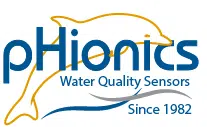Water Quality Learning Center

How To Eliminate Electromagnetic Interference From Analog Systems
Electromagnetic interference of water quality measurement can have an enormous impact on your results. Learn what it is and how to prevent it so you can save time, money, and frustration.
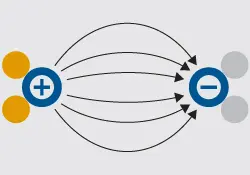
The Basics of Conductivity Electrodes
Choosing the right electrode for your application is crucial for success. Learn more about the different types of conductivity electrodes and each of their features!
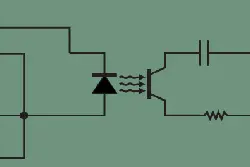
The Importance of Isolation in Water Quality Measurement
Isolation is extremely useful to prevent ground loops and provide an extra barrier of protection against electrical shock to the user. This article goes over what isolation is, what methods some manufacturers (like pHionics) use, and why it can be so important in accurate water quality measurement.
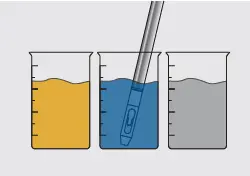
When to Calibrate and Replace an Electrode
This guide goes over the specifics of calibration:
- Why electrodes become less accurate
- How to make a calibration schedule
- How to calculate the health of an electrode
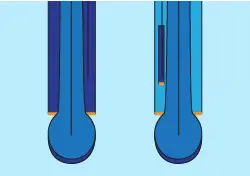
pH Electrode Guide
Learn more about the various types and features of modern pH electrodes so you can make an informed decision on which one is right for you. In this article, we go over:
- Glass vs ISFET electrodes
- Single vs. double junction
- And other features!
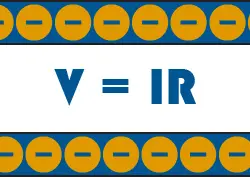
Analog Signals: Current vs. Voltage
Spoilers: Current is better than voltage for sending signals long distances and for noise immunity. Read the article to find out why!
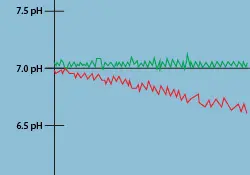
The Guide to pH Drift
pH drift is one of the most frustrating issues to troubleshoot because it can seem random and be caused by many different aspects of the environment, maintenance, and sensor design. This guide provides steps to simplify the troubleshooting process and determine what the cause of drift is along with how to fix it.
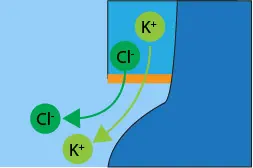
The Best Storage Soutions for pH Sensors
After surveying water and wastewater operators, we found that there was confusion surrounding the topic of storage solutions for pH sensors. This article goes over the limiting factors of pH sensors and how different solutions affect those factors, allowing you to pick the right solution for your sensor.
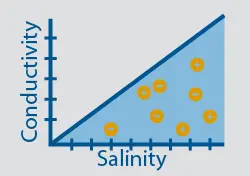
Linear Conversion of Conductivity to Salinity
This article provides a linear equation for scaling temperature-compensated conductivity measurements to salinity with most monitoring devices. It also goes over how we obtained it from the Practical Salinity Scale of 1978 and explains potential margins of error.
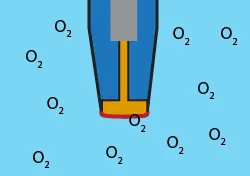
Comparison of Dissolved Oxygen Sensors
This article goes over what dissolved oxygen is and the different sensors we use to measure it in real-time. It specifically focuses on comparing galvanic, polarographic, and optical technologies to help you determine what is best for your application.

Factors Affecting Dissolved Oxygen
Salinity, pressure, and temperature all influence dissolved oxygen concentration in different ways. This article goes over how to account for these factors to ensure accurate results in any condition.
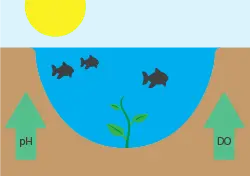
Managing Water Quality In Aquaculture
Get an overview of what water quality parameters must be controlled in aquaculture and how to measure them. Additional resources containing in-depth analysis are provided for key parameters.
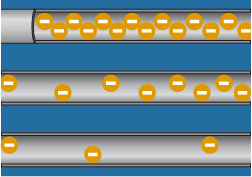
Calculating Voltage Drop In Water Quality Systems
An important but often overlooked factor in system requirements is voltage drop over long wires. This article goes over how to calculate voltage drop for any length or wire type to ensure a functional water quality measurement system.
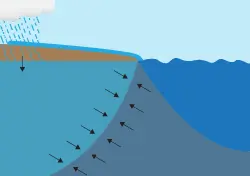
Understanding Saltwater Intrusion
Saltwater intrusion is one of the major threats depleting our drinking water and food production worldwide. As the population grows, so does our water consumption, resulting in more freshwater being pumped out than put back in naturally.
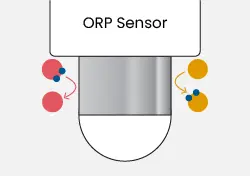
The Basics of ORP
ORP, or Oxidation-Reduction Potential, is a measure of the capacity of a solution to give or receive electrons. Learn what redox reactions are, how they are measured, and more in this article.
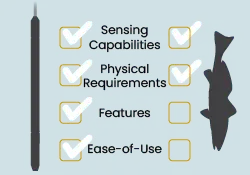
Choosing the Right Sensor for Water Quality Monitoring
Sensors are the backbone of any water quality monitoring system since they determine accuracy and reliability. Learn more about important characteristics to consider when choosing a sensor for your application.
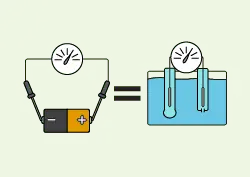
How A Glass pH Electrode Works
A comprehensive article covering how glass electrodes measure pH in a simple, understandable format. Specifically for silver/silver chloride electrodes.
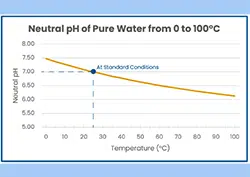
How Temperature Affects pH Measurements
This article covers how temperature affects pH measurements and what procedures should be followed to avoid temperature errors in your data.

The 7 Factors Affecting pH Sensor Maintenance Frequency
Regular maintenance of pH sensors is essential for accurate and reliable measurements. Learn about the 7 factors affecting maintenance frequency to help plan a maintenance schedule.
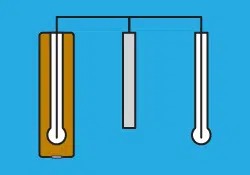
The Advantages of Differential pH Electrodes
Check out this article to learn about the design differences between standard and differential pH electrodes, along with the advantages they offer.
